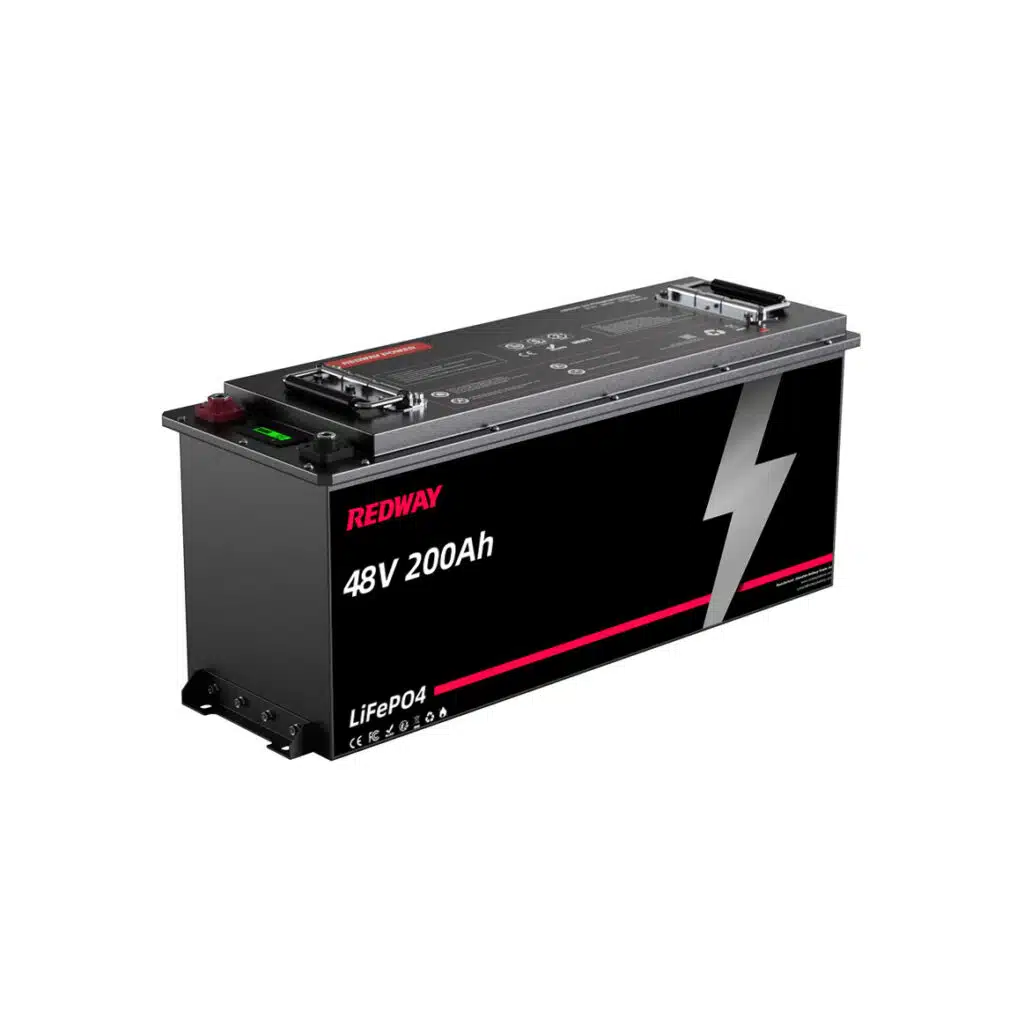4Are you in the market for a new battery but confused about what the difference between 4D and 8D batteries is? You’re not alone! Choosing the right battery can be challenging, especially when there are so many options available. But don’t worry, we’ve got you covered. In this blog post, we’ll explore the differences between 4D and 8D batteries to help you make an informed decision on which one is right for your needs. So buckle up and let’s dive into this topic together! What is the 4D Battery?

#post_seo_title
When it comes to choosing between a 4D battery and an 8D battery, the choice depends largely on your needs. While 4D batteries are smaller in size and lighter in weight, they also have lower starting power. On the other hand, 8D batteries offer higher CCA capacity, which means that they can handle higher loads for longer periods of time. Ultimately, it’s up to you decide which option fits best with your specific application.
What is a 4D Battery?
A 4D battery is a type of lead-acid battery that uses four grids instead of the traditional two. The addition of the extra grids increases the surface area for the electrolyte to react with, resulting in a higher discharge rate and longer life span. 4D batteries are typically used in high-performance applications such as racing cars and boats.
What is an 8D Battery?
D batteries, also known as 8D batteries, are a type of lead-acid battery. Lead-acid batteries are made up of a series of cells, each of which contains a positive and negative electrode separated by an electrolyte. When the battery is discharged, the electrolyte breaks down and produces lead sulfate on the electrodes. When the battery is recharged, the lead sulfate is converted back to lead and sulfuric acid.
8D batteries are typically used in high-powered applications such as starting car engines. They have a higher capacity than other lead-acid batteries, making them ideal for applications that require a lot of power.
The Difference between 4D and 8D Batteries
4D batteries are larger and heavier than 8D batteries. They also have a higher capacity and can provide more power. 4D batteries are typically used in heavy-duty applications, such as in RVs and boats. 8D batteries are smaller and lighter than 4D batteries. They have a lower capacity but can provide more power for shorter periods of time. 8D batteries are typically used in light-duty applications, such as in cars and trucks.
The Pros and Cons of each type of Battery
There are three main types of batteries: lead-acid, nickel-cadmium, and lithium-ion. Each has its own pros and cons that make it more or less suitable for different applications. Here’s a rundown of the most important considerations for each type of battery:
Lead-acid batteries are the oldest technology and have been used in cars for decades. They’re relatively cheap and have a high power density, but they’re also heavy and require regular maintenance.
Nickel-cadmium batteries are lighter than lead-acid batteries and don’t require as much maintenance, but they’re more expensive. They also have a lower power density and can be damaged by overcharging.
Lithium-ion batteries are the newest technology and are used in many portable electronic devices. They’re lightweight, have a high power density, and don’t require regular maintenance, but they’re also the most expensive type of battery.
Which type of Battery is right for you?
D batteries and D battery chargers are available in a variety of sizes, shapes, and capacities. So, which one is right for you? Here are some factors to consider when making your selection:
-Size: D batteries come in a range of sizes, from small (e.g., AA) to large (e.g., 9V). If you need a battery that will fit in a small space, such as a watch or remote control, then a smaller size is probably best. On the other hand, if you need lots of power for something like a digital camera or portable DVD player, then you’ll want to choose a larger size.
-Shape: D batteries also come in different shapes. The most common shape is the cylindrical “tube” shape, but there are also “button” cells (which are flat and disk-shaped) and “prismatic” cells (which have parallelogram-shaped sides). Again, the shape you choose will depend on the device you’re using it for.
-Capacity: One important factor to consider when choosing a D battery is its capacity, which is measured in milliamp hours (mAh). The higher the mAh rating, the longer the battery will last before needing to be recharged. So, if you need a battery that will last for a long time without needing to be replaced or recharged frequently, then you’ll want to choose one with a high mAh
Conclusion
In conclusion, 4D and 8D batteries are both powerful options when it comes to powering large electronics. While the 8D can offer more power, the 4D battery is a great choice for smaller devices since it requires less space and is lighter in weight. It is important to consider your application’s requirements before deciding which type of battery would be best for you.

